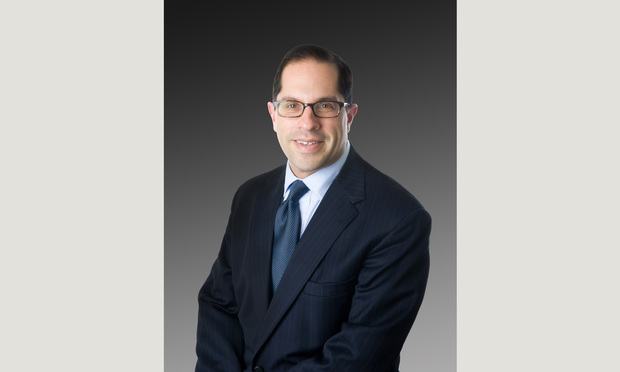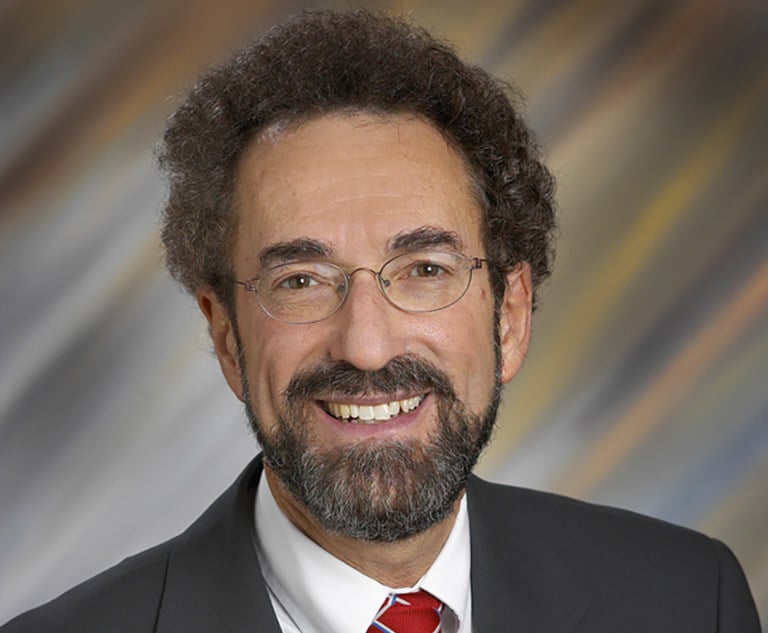In his 1977 Chairman’s letter to stockholders, Berkshire Hathaway CEO Warren Buffett advised that costs in the insurance sector were expected to rise. One reason he offered was “social inflation,” which he described as “a broadening definition by society and juries of what is covered by insurance policies.” Then, in the mid-1980s, as asbestos suits proliferated, a top insurance executive bemoaned the then-current climate and commented, “The underlying and most dramatic cause of this insurance crisis is the wave of social inflation that has all but engulfed our system of jurisprudence … The mood of society is to seek a culprit for all of life’s mishaps and to look to the insurance companies with the deep pockets to reward victims.”
Today the term “social inflation” has re-emerged in the lexicon of insurance executives. The increase in the number of class actions, “nuclear” verdicts and new concepts in tort law is contributing to the current round of social inflation. Specific blame for this surge has been placed on various issues, including the #MeToo movement, increasing income inequality and litigation funding. While the rise in losses in the medical malpractice space is front and center in the social inflation phenomenon, the industry is also witnessing adverse impacts to directors’ and officers’ liability, excess liability and commercial auto. As to D&O specifically, there has been a doubling in the number of shareholder class actions in less than three years while the median settlement value of $13 million has remained relatively constant.


 Michael S. Olsan of White and Williams.
Michael S. Olsan of White and Williams.




